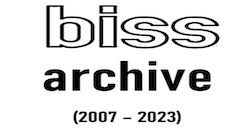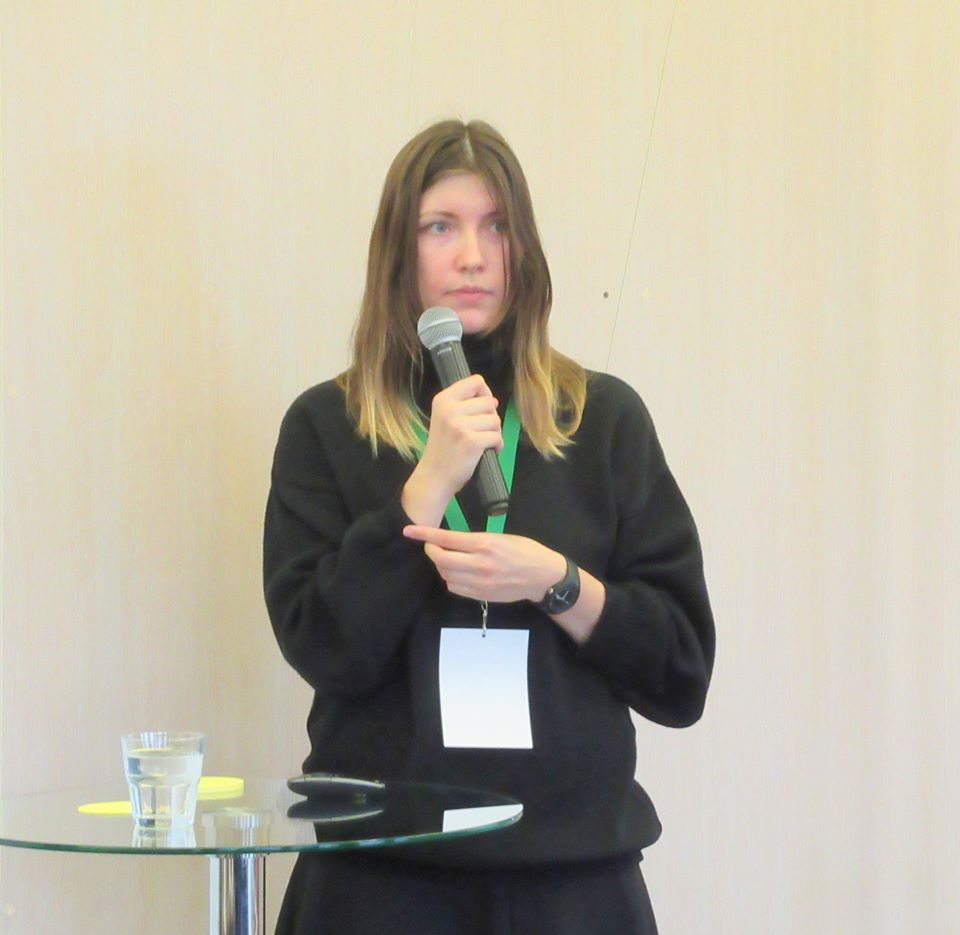BISS offers the key findings of its monitoring of the political forces’ and actors’ media presence between April and June 2015. Data analysis has led us to the following conclusions:
• The forthcoming election was felt in a surge of political communications. Their number grew from 4,965 in the first quarter of 2015 to 6,477 in April – June.
• The election had more impact on the media presence of the political actors than forces. The following politicians came top in the ratings: Mikola Statkievič, who rose from the second position to number one, Taćciana Karatkievič, who made her debut in the individual politicians’ ratings, and Anatoĺ Liabiedźka, who slid from the second to the third position. As for the political forces, the BPF party maintained its leading position, ‘Tell the Truth!’ campaign went up from the fifth to the second position, while the United Civic Party (UCP) went down from the second to the third position.
• As the presidential campaign was drawing near, the downward trend in the political communications quality was still present. Regional issues continued to give way to national ones, the representation of the political forces in the media was less diverse and offline activities received relatively less coverage.
• It was the independent media rather than the political forces’ information channels that set the framework for the election coverage. The political forces appeared in as proactive newsmakers much less than they had previously.
In the first quarter of 2015, the start of the electoral cycle was manifest in the content of political communications. In the second quarter, the forthcoming presidential election boosted the number of communications. Their figure was nearly as high as in the first quarter of 2014, when local elections were held. Considering that the presidential election is sure to be of much more importance for Belarus’ political life than the local elections, we can assume that the numbers of political communications will keep growing up to the fourth quarter of 2015.
Chart 1. Communications dynamics in figures (numbers of references to political actors and forces)
The forthcoming election may have played the decisive role in shaping the political communications field, but the structure of the rating of the leading political forces remained quite stable. Top 7 political forces did not change. The BPF Party was still in the lead, even though it did not nominate its presidential hopeful. Yet, those political forces that endorsed a certain nominee got an advantage in terms of their media presence. For example, ‘Tell the Truth!’ campaign that nominated Taćciana Karatkievič jumped from the fifth to the second position. Not endorsing any presidential contestant, the movement ‘For Freedom’ slid into the fifth place.
The stable rating positions of the BPF Party, the Belarusian Social Democratic Party (Hramada) (BSDP(H)), the UCP and the Belarusian Left Party ‘A Just World’ can be attributed to their active involvement in the presidential campaign. The Belarusian Christian Democracy was able to maintain its standing in the ratings due to its social projects and campaigns.
Table 1. Total presence of the political forces in the information field
One and the same events often influence the dynamics of total presence index accumulation for different political forces. When the Chernobyl Way rally was being held, boosted the quantitative index accumulation rate for all the top political forces. When the voting day was set for 11 October, 2015 at the end of the monitored time span, it also became a factor in the total presence index accumulation for all top 5 political forces except the Belarusian Christian Democracy.
‘Tell the Truth!’ campaign significantly increased its quantitative index accumulation rate because of the discussion around Andrej Dźmitryjeŭ taking over as its leader. The convention of the Belarusian Christian Democracy on 13 June contributed to the dynamics of its total presence index accumulation.
The political actors’ ratings are normally more likely to change than those of the political forces. When the electoral cycle has begun, the media tend to bring into the spotlight individual presidential hopefuls rather than political forces, so this trend becomes even more tangible.
In the second quarter of 2015, top 3 political actors were the politicians endorsed as potential presidential nominees. Even though Anatoĺ Liabiedźka was actively seeking nomination, Mikola Statkievič, who was at the time still in prison and appeared as a ‘symbolic’ candidate, overtook him in the rating. So did Taćciana Karatkievič, a young political figure endorsed by ‘Tell the Truth!’ as a presidential hopeful and monitored for the first time within our research.
Table 2. Total presence in the information field for the individual politicians
In the second quarter of 2015, the individual politicians accumulate their quantitative indices more steadily than the political forces. The traditional Chernobyl Way had no impact on the top politicians’ index dynamics.
Mikola Statkievič’s index accumulation rate went up early in May, after he was tried and transferred from the penitentiary camp to prison. When Andrej Dźmitryjeŭ took over as the leader of ‘Tell the Truth!’ campaign, it became a factor in Uladzimir Niakliajeŭ’s index accumulation. As the voting date was set, all top 5 politicians’ index accumulation rates went up. The decision had the most profound effect on Taćciana Karatkievič’s total presence index, allowing her to leave Anatoĺ Liabiedźka behind and rise to the second position in the rating.
In the first quarter of 2015, the forthcoming presidential election was referred to in the context of cooperation between the political forces, so election-related topics ranked third, with domestic politics and political parties dominating the agenda. In the second quarter of 2015 the presidential election went to the top, which was quite natural at this stage of the electoral cycle. However, social issues, which are supposed to matter most to the electorate, drawing the general public’s attention to the political actors and forces at this all-important time, slid into the background. This was definitely a negative development. On the positive side, economic issues were discussed more often.
The second quarter of 2015 was still marked by a gap between the media and the political forces’ channels in terms of the amount of coverage they gave to different topics. For example, the forthcoming election featured in 55% of media items and only 30% of political communications via partisan channels. The latter focussed much more on the subjects that are relevant to the electorate than the independent media. The political forces’ resources touched upon society-related issues in 28% of their communications, while the media discussed them in only 18% of their items. The corresponding figures for economic issues were 18% for the political forces’ channels and only 4% for the media. The discrepancy may have been caused, on the one hand, by the media’s preferences in the coverage of political life. On the other, it revealed a lack of coordination between the media and the political forces, when the latter were unable to set the agenda for the media coverage of the political field.
The increased media attention to the political field resulted in the surging numbers of political communications and a dramatic growth in the share of ‘passive’ communications from 38% to 58%. If the political forces had been more effectively cooperating with the media, the closer media focus on political developments would not have entailed much worse quality of political communications.
As the quality went down, the political forces’ media profile changed. In the second quarter of 2015, regional representatives virtually disappeared from the political communications field, as their share plummeted from 11% to 1%. There were also imbalances in the levels of the covered events, as 80% of communications referred to national events, while regional issues were covered in only 7% of the analysed items (for purposes of comparison: the corresponding figures were 10% for the first quarter of 2015 and 15% for the fourth quarter of 2014). At the same time, if regional events had received more coverage even in the context of the forthcoming presidential campaign, it could have led to more electorate engagement outside the metropolis.
The coverage of offline activities continued to show a downward trend. In May and June 2015 its share was less than 20%, which could also have had a negative impact on the political forces’ image at the time when it particularly needed improving in order to strengthen their support base. Of all the forms of offline activities, the shares of public events dropped from 20% to 10%, policy implementation went down from 8% to 3% and meetings with voters decreased from 8% to 6%.
Different media contributed unevenly to the coverage given to different political figures, which had a significant influence on the ratings by the quantitative index. References to Mikola Statkievič stood out on charter97.org, making up 16% of all its political items. Among the top political actors, Anatoĺ Liabiedźka got more coverage on belaruspartizan.org, naviny.by and tut.by, while Uladzimir Niakliajeŭ featured more prominently on svaboda.org and nn.by.
The BPF Party and its activities dominated political communications on euroradio.fm, naviny.by, nn.by and svaboda.org. Its coverage was slightly higher than the others' on tut.by. The UCP received more coverage on partisan.org. About a quarter of all the political communications on charter97.org referred to the Belarusian Christian Democracy.
The full version of the report is going to show how the political actors’ and parties’ presence changed in different media when the electoral cycle was launched and how the qualitative characteristics of the political actors’ communications differed depending on particular media.


.PNG)
.PNG)
.PNG)
